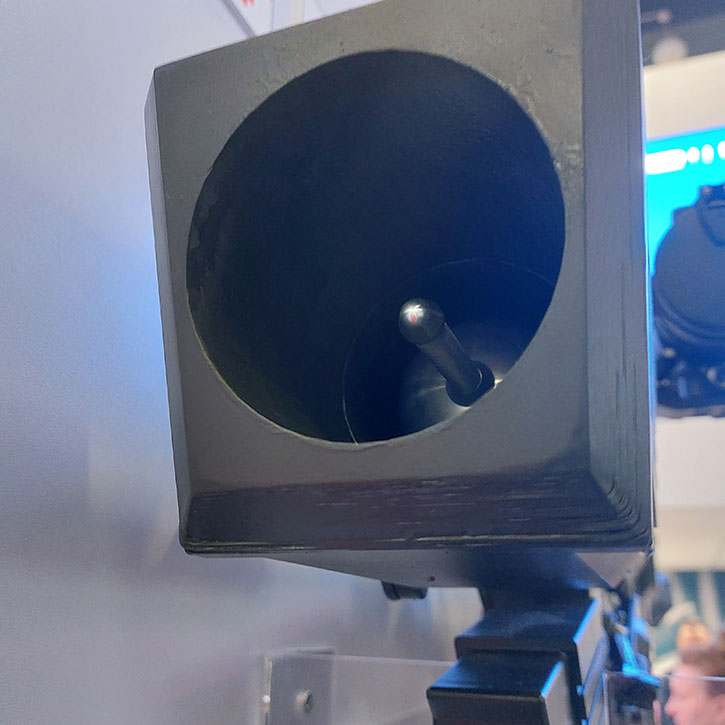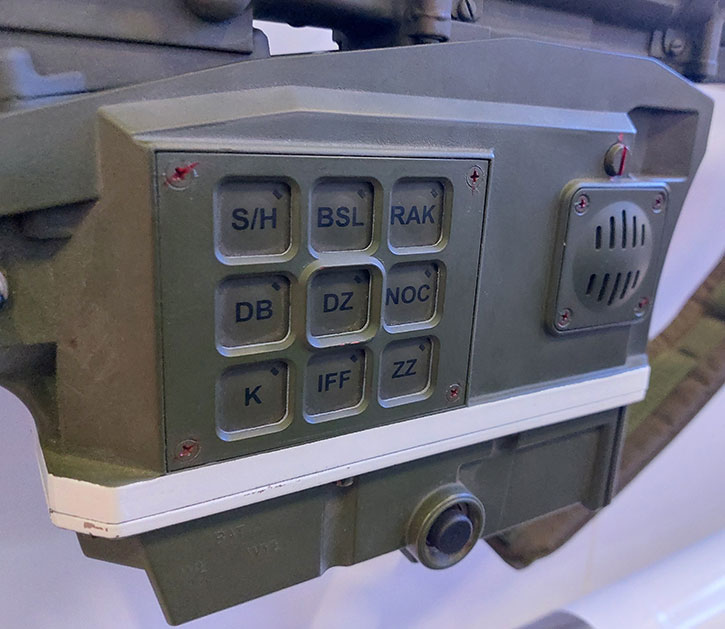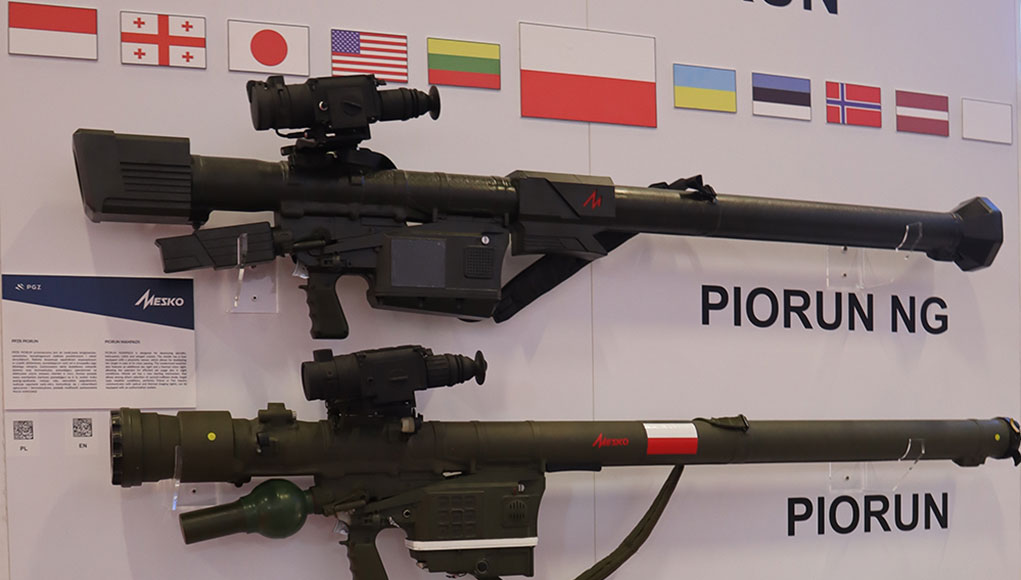The Polish Mesko group and its partner, Telesystem-Mesko, are developing a new Piorun Very Short-Range Air Defense (VSHORAD) missile generation. The PIORUN NG (Thunderbolt) was displayed for the first time at the MSPO exhibition in Kielce, Poland, in early September. PIORUN-NG is scheduled to begin flight testing in late 2023. The new missile is positioned to become one of the leading new-generation VSHORAD missiles of a Western origin.

PIORUN is a shoulder-fired VSHORAD weapon that can also deploy on a pedestal (two launchers) or integrated with a twin-barrel 23mm gun carried on a light truck. Developed as a follow-on to the GROM (based on the Russian Strela 2 missile), the PIORUN is positioned as an equivalent to the Russian IGLA. The Polish missile is effective against fixed-wing, rotary-wing, and unmanned aerial vehicle targets, flying from 400 meters to 6.5 kilometers and at an altitude from 10 meters above ground to 4,000 meters. The missiles were widely used by the Ukrainians in the Ukraine War and, according to initial reports, have demonstrated impressive performance. Compared to other heat-seeking missiles, the Piorun was more reliable in engaging targets at higher altitudes; some reports have claimed successful engagements of low signature targets, such as unmanned aerial vehicles at a distance of six kilometers.
The development of the New Generation (PIORUN NG) was based on the lessons learned with previous models. It uses a new multispectral seeker with improved cooling. The rocket engine uses an improved energetics composition; the improved warhead optimizes efficiency in the presence of enemy countermeasures by employing advanced electronic-counter-countermeasures (ECCM) and proximity activation based on active or passive sensing. The different preset modes will be activated from a built-in computer integrated into the launcher.
The multi-spectral seeker uses a special housing that masks signals from the sides, enabling the seeker to ‘focus’ on signals from the forward direction. The seeker is sensitive enough to assess whether the target is flying towards (head-on) or away from the interceptor missile. Activation of active (RF) or passive (magnetic) proximity activates the warhead in the target’s proximity, thus denying the effectiveness of enemy ECM. In addition, PIORUN-NG will employ an algorithm that analyzes the behavior of flares, enabling the seeker to ignore hot and bright signals from sources that ‘behave’ like flares.
Equipped with a new multispectral seeker, improved propulsion, multiple fusing, enhanced ECCM, and enhanced target library, PIORUN-NG will provide enhanced situational awareness and target discrimination capabilities.























